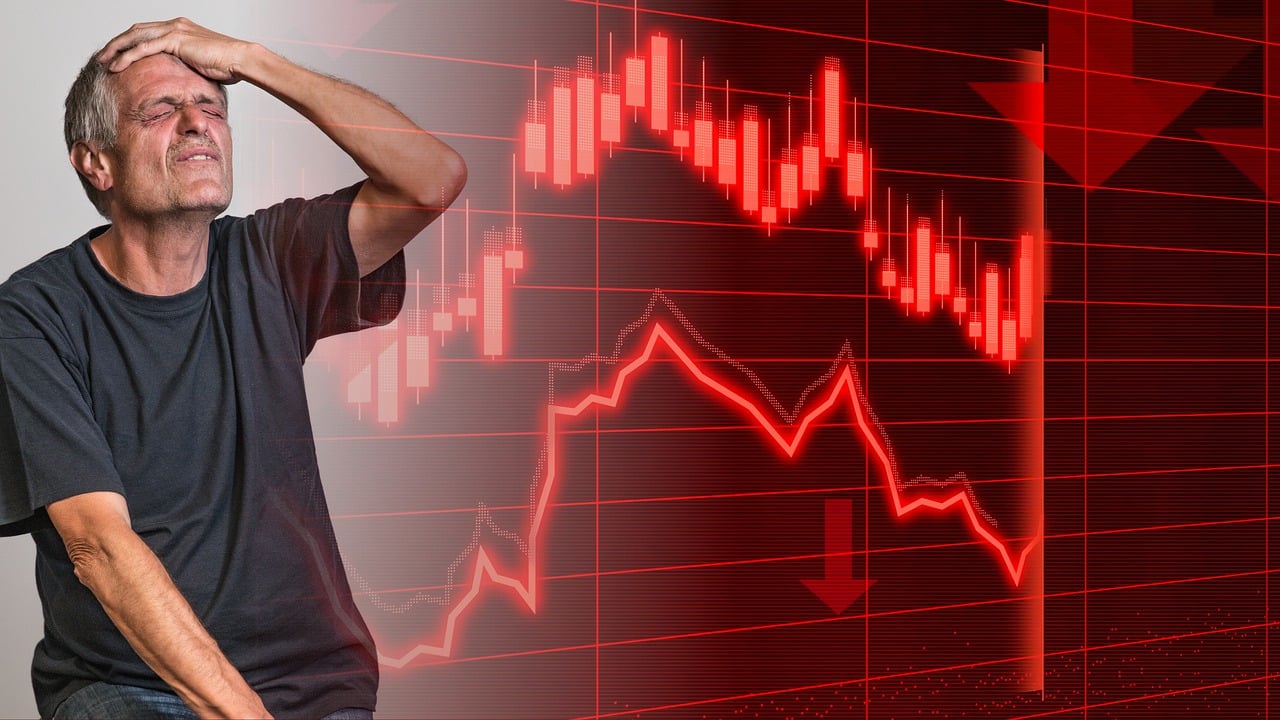A common indicator of the general health of the US stock market is the Dow Jones Industrial Average (DJIA). The Dow, a historical index that follows 30 of the largest American corporations, is subject to rapid fluctuations in response to both domestic and global events. Understanding the factors causing the recent volatility in the Dow Jones is crucial for both novice and experienced investors as 2025 approaches.
What Is the Dow Jones?
One of the world’s oldest and most recognizable stock market indices is the Dow Jones. Charles Dow founded it in 1896, and it currently follows 30 significant businesses from a variety of sectors, including technology, healthcare, and finance. The Dow’s performance is frequently cited as a gauge of the general health of the US stock market.
Instead of market capitalization, the index weights each company according to its stock price. This indicates that more expensive stocks—like those of Apple, Boeing, and Goldman Sachs—have a bigger impact on the index’s movement.
A Roller Coaster Start to 2025
Thus far in 2025, the Dow Jones has experienced notable fluctuations. President Donald Trump’s announcement of a new set of tariffs on imports from China, Canada, and Mexico in early February sparked a wave of significant adjustments. The world reacted quickly to these tariff hikes. The Dow fell more than 600 points, or 1.4%, in a matter of hours. The market’s sharp decline raised concerns about the potential for a new trade war, with other nations threatening to retaliate with tariffs of their own, further disrupting international supply chains and trade relations.
But the market started to rebound as fast as it had fallen. President Trump postponed enforcing the tariffs after holding diplomatic talks with Mexican President Claudia Sheinbaum. The Dow was able to stabilize during this brief reprieve, closing the day close to breakeven.
Market Snapshot
The SPDR Dow Jones Industrial Average ETF (DIA) is now trading at $444.90 as of February 3, 2025, down 0.11% from the previous close. The market witnessed intraday highs of $445.21 and lows of $438.63 during the day. Even while the market hasn’t fully bounced back from the initial decline, this volatility shows how susceptible the Dow is to both domestic and global events and policy.
The volatility in 2025 emphasizes how crucial it is to be up to date on market-moving events and closely monitor possible catalysts, including business earnings reports, foreign trade relations, and governmental regulations.
Factors Impacting the Dow Jones in 2025
The Dow’s performance is influenced by several key factors:
Economic Reports
Reports on GDP growth, employment, and inflation can all have a direct effect on investor mood. While worries about a slowdown or recession can lead to market falls, positive economic reports typically increase investor confidence.
Corporate Earnings
The movement of the Dow Jones is significantly influenced by the financial performance of the firms that make up the index. In order to assess the state of the economy and ascertain whether stocks are overpriced or undervalued, investors pay close attention to quarterly earnings reports.
Geopolitical Events
Political instability, such as trade wars or tensions between countries, can have a ripple effect on stock markets around the world. The recent volatility of the Dow in 2025 has been mostly caused by U.S. tariffs and retaliatory actions by other nations.
The Impact of the Quad-Demic
As if the economic and political issues weren’t enough, the market is now even more unstable due to the ongoing “quad-demic”. The wider effects of the COVID-19, flu (particularly Flu A), RSV, and other viral epidemics are still being felt in terms of global supply chains, labor force participation, and consumer behavior. Investors are keeping a careful eye on the long-term effects of the healthcare issue on the stock market and the economy.
Is the Dow Reaching a Turning Point?
Notwithstanding the volatility, it’s critical to remember that market swings are typical, particularly in a setting as unpredictable as 2025. Some investors turn to safe-haven assets, like gold or government bonds, to safeguard their portfolios during periods of elevated risk and uncertainty. Some people may view market declines as chances to purchase because they think stocks will eventually rise again.
Navigating these unstable times, however, calls for being knowledgeable and prepared to move fast. Additionally, it’s a good moment for long-term investors to avoid impulsive responses to short-term events and maintain concentration on their financial objectives.
The Dow Jones continues to be a crucial gauge of the state of the American economy, and 2025 is already turning up to be a year full of events that will affect the market. The index is more volatile than it has been in recent years due to external variables including healthcare issues and worries about global commerce. Navigating this volatile market requires paying close attention to market patterns, keeping up with world events, and seeking advice from financial professionals.
Expect more market turbulence as 2025 goes on, but there will also be chances to learn more about the constantly shifting mechanics of the stock market.




